Sustainable Scotland: New pictures show Loch Leven bird hide ‘rising from the ashes’ after arson attack
Mill Hide, on the shores of Loch Leven national nature reserve near Kinross, was completely gutted in a ‘deliberate’ fire in February last year.
Its destruction left reserve workers “shocked and saddened” and caused widespread anger in the local community.
Advertisement
Hide AdAdvertisement
Hide AdTwo schoolboys, aged 14 and 16, were arrested and charged by police in connection with the incident.
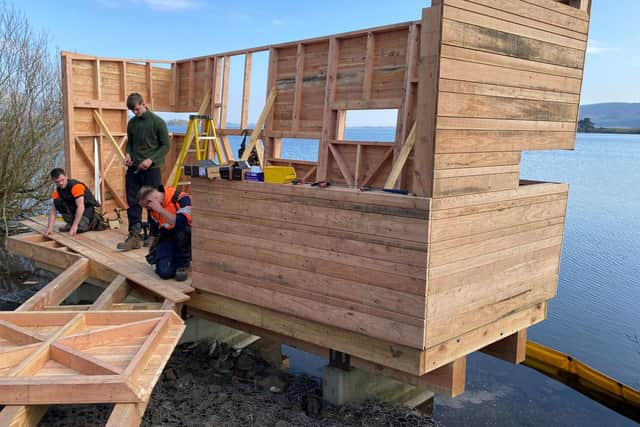

Erected in 2011, the hide had been a popular spot for locals and visitors alike to take in views of the loch and the large number of birds – including ospreys and pink-footed geese – that frequent its waters.
Its charred remains were removed a short time later but the foundations survived the blaze and are now being reused to support the replacement structure.
The new timber hut – named the Phoenix Hide – will be similar to the original, which had won architectural awards for its design.
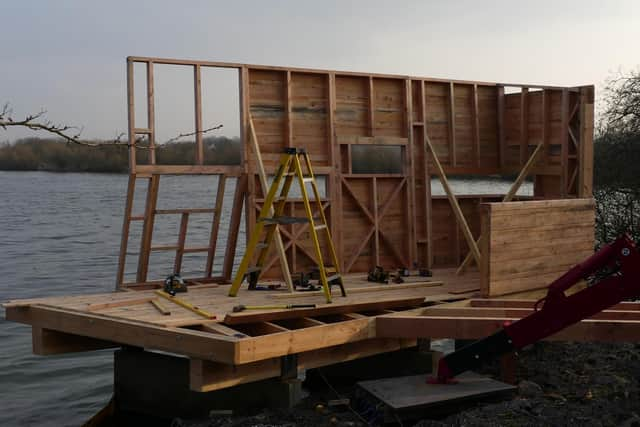

Modifications include fire-proofing and a more open back to discourage anti-social behaviour and allow a new upgraded security camera to better record any incidents.
The rebuild has been made possible after a successful crowd-funding campaign raised almost £30,000.
Additional cash is being provided by national agency NatureScot, which manages much of the Loch Leven reserve.
Construction began on 15 March and the new structure is already taking shape.
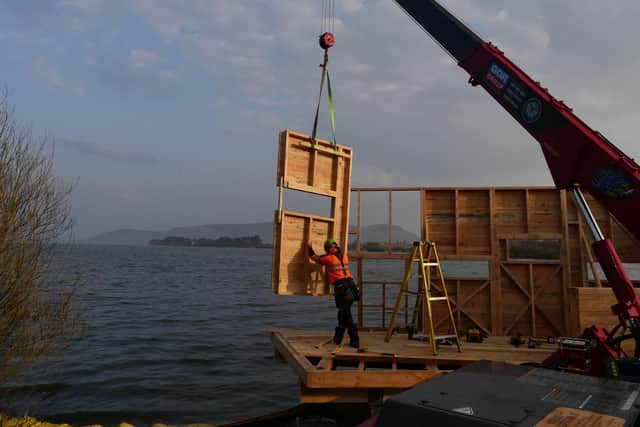

Advertisement
Hide AdAdvertisement
Hide AdNeil Mitchell, NatureScot’s Loch Leven reserve manager, said: “The rebuild is going really well and it’s fantastic to see the new Phoenix Hide rising from the ashes after the original was burnt down around a year ago.
“The stunning architecture of the hide makes it a complex build for the contractors but I have no doubt that the result will be worth it.
“Progress has been really good so we are hopeful that the new hide will be completed on schedule by late April and we can’t wait to welcome everyone back to this special building.
“None of this would have been possible without the amazing efforts of the local community and businesses supported by generous donations from near and far.
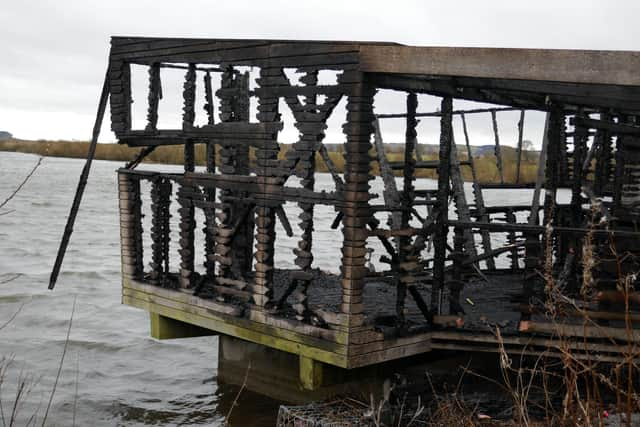

“It has really brought everyone in the local area together and we want to say a huge thank you to all those who are helping the Phoenix Hide to rise from the ashes.”
As the largest lowland loch in Scotland, Loch Leven is an important site for waterfowl, with up to 35,000 birds present during the winter months – migrating from places such as Greenland, Iceland, Ireland, Siberia and northern and central Europe.
The area is particularly important for pink-footed geese, with up to 20,000 – nearly a tenth of the world’s total population – present at times.
Other wintering species include greylag geese, whooper swans, goldeneyes, tufted ducks, pochards, teals, gadwalls, cormorants and shovelers.
Advertisement
Hide AdAdvertisement
Hide AdIt is also important for breeding birds, hosting one of the largest concentrations of breeding ducks of any non-coastal site in Europe.
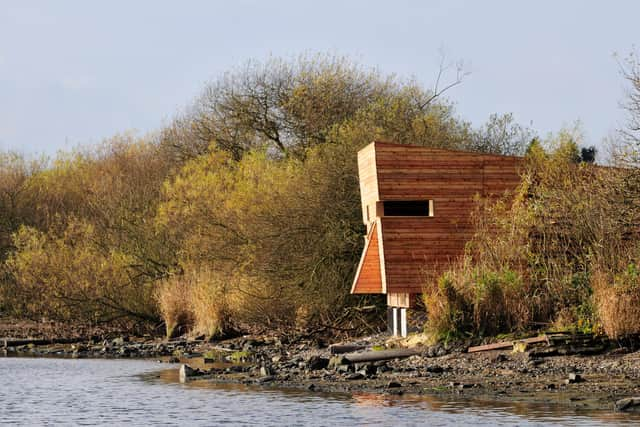

Lapwings, little ringed plovers and swallows are also on a list of favourites.
Loch Leven is NatureScot’s most visited national nature reserve, welcoming more than 300,000 people each year.
Areas around the loch will be closed off or have diversions in place to allow construction workers and machinery to work safely.
Visitors are advised to check the NatureScot website or Loch Leven NNR Facebook page for updates and asked to follow any signage and instructions from contractors during the works.
Mr Mitchell added: “I’m sure staff and locals alike are all looking forward to having the hide back again.
“It provides a lovely shelter to enjoy stunning views of the loch and is also a great vantage point to watch the reserve’s resident ducks, geese and swans.”
Scotland is home to 43 national nature reserves, which host a wide variety of habitats and wildlife – including nationally and internationally important species.
A message from the Editor:
Thank you for reading this article. We’re more reliant on your support than ever as the shift in consumer habits brought about by coronavirus impacts our advertisers.
If you haven’t already, please consider supporting our trusted, fact-checked journalism by taking out a digital subscription.
Comments
Want to join the conversation? Please or to comment on this article.
